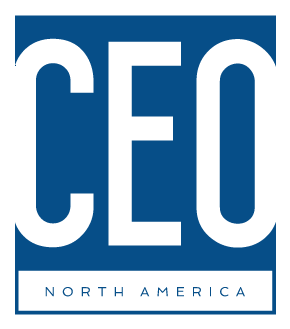The results of our 2025 supply chain risk and resilience survey, “Navigating Supply Chain Resilience Through An Uncertain Future”, reveal a striking paradox: while the nature of disruptions have changed, organizations have maintained a strong focus on supply chain risk and resilience. Their strategies have paid dividends: 80% of respondents now consider their supply chains to be very resilient. Yet despite this confidence, only 4% plan to increase their resilience budgets, and more than a third expect to reduce them.
At the same time, however, companies express major concerns over their supply chain resilience going forward, suggesting that the decline in spending may not simply be a sign that they’re content with their current standing. Many, for example, appear concerned with increasing pressure on margins driven by volatile interest rates and broader macroeconomic uncertainty.
There also has been a shift in the way these businesses are spending their money to achieve resilience. Only 5% of survey participants said they have a comprehensive resilience strategy in place — a sharp decline from 2024 — while 68% are instead choosing to target individual initiatives. The results suggest that faced with uncertainty, companies prefer to limit themselves to a handful of solid moves that are less likely to backfire if conditions radically change.
Strategic priorities are shaping the future of supply chain resilience
The executives in our survey proved to have many plans and priorities in common. Ultimately, three overarching themes emerged from the data.
Competitive positioning depends on managing supply chain risks and uncertainties
Even before the outset of a host of consequential geopolitical events, 65% of survey participants described themselves as “vulnerable to very vulnerable” to future risks. Now is the time for leaders to reevaluate their investments and redirect funds to the capabilities that will gird their operations for the next big disruption. The first step of this evaluation is to align on a comprehensive strategy with near-term, medium-term, and long-term priorities so the supply chain team can deploy budget and implement actions accordingly.
Proactive scenario planning and supply chain visibility are essential tools
The frequent disruptions of the past few years have made it clear that neither quick, reactive measures nor crisis management are good enough to shore up supply chains. This year, pivoting to becoming more proactive and transparent has become the norm. By prioritizing risk identification and implementing scenario planning, creating organizational units dedicated to managing risks, and defining business continuity plans, companies can better anticipate and mitigate risks before they affect operations.
Companies want to avoid full regionalization of global supply chains
Pivoting away from global operations is not the most effective way to combat potential disruption, executives in our survey concluded. Instead, they are diversifying their companies’ international supply chains, introducing alternative sources to reduce exposure to localized trade risk or achieve local content requirements. In most cases this entails near-term and incremental steps like adding nodes, rather than conducting a massive realignment of their operational hubs.
Read the full article by Cornelius Herzog, Sebastian Janssen, and Rich Sheinfeld / Oliver Wyman












